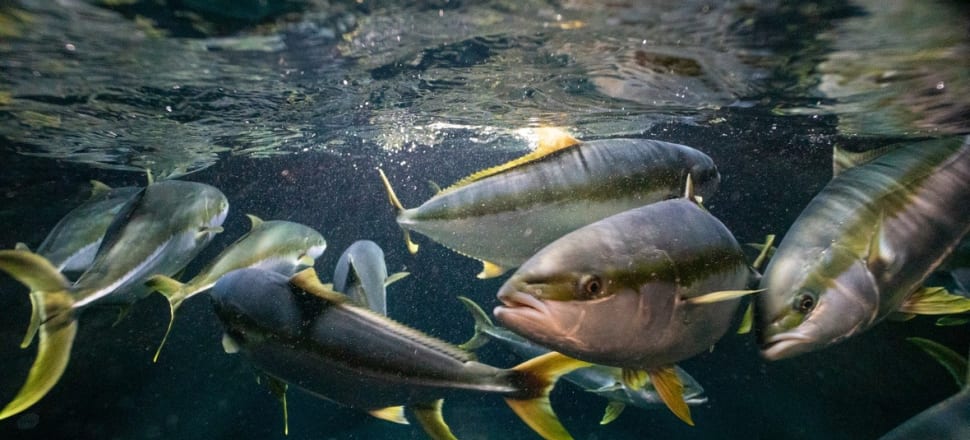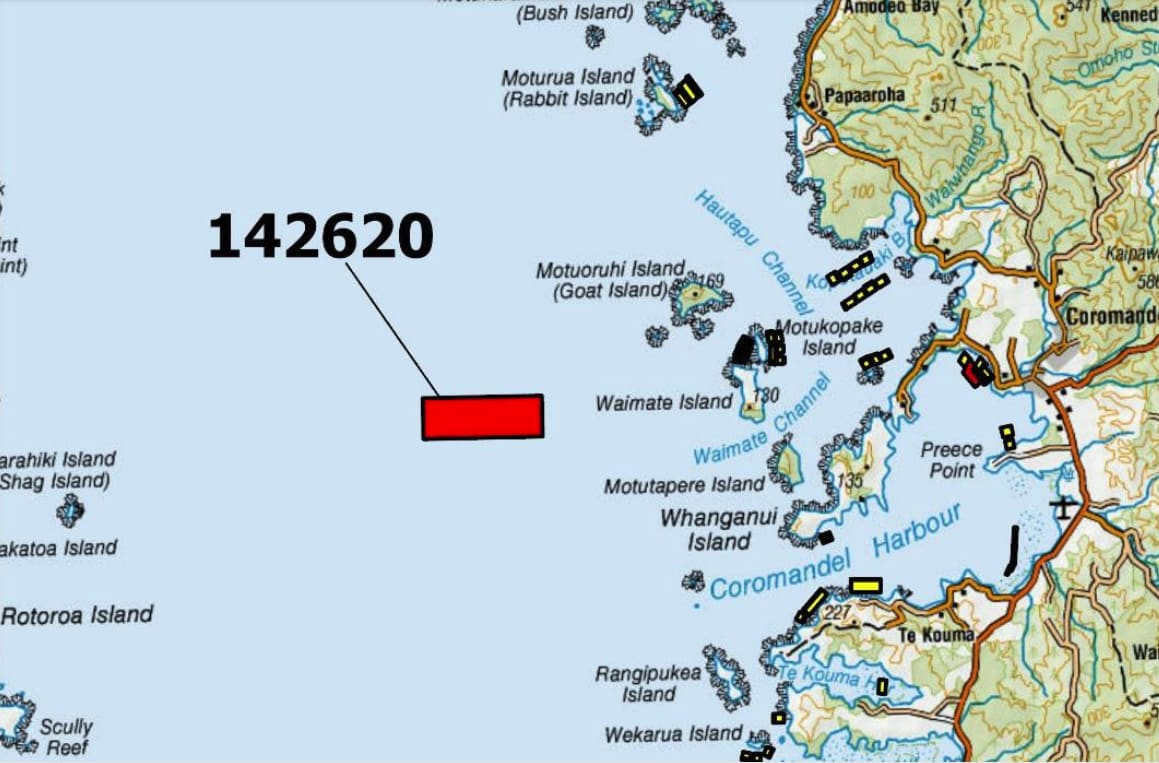
The iwi-owned aquaculture facility will cover nearly 300 hectares between the Coromandel and Waiheke
Plans for a massive kingfish farm in the Hauraki Gulf have taken a significant step forward after securing a thumbs up from the Ministry of Primary Industries.
The aquaculture farm, approved by the Waikato Regional Council in August, will span nearly 300 hectares of the gulf 13km from Coromandel Town.
It will comprise five separate blocks, three of which will farm kingfish in pens, while the others will farm green-lipped mussels, sea cucumbers, sponges and seaweeds.
READ MORE: * Resource management red tape for fish farms to stay * Is fish the new farming frontier for New Zealand? * Small fry threatened by rise of sprawling mega fishing firm
The company behind the farm, Pare Hauraki Kaimoana, is owned by the Hauraki Māori Trust Board, representing the interests of 12 local iwi.
Some estimates for the facility put annual production levels as high as 8000 tonnes of kingfish, a highly prized sporting and eating fish that is consumed raw or cooked.
Farmed kingfish typically has slightly different attributes to wild-caught, with a higher fat content and less of a mineral taste.
The project is expected to create 452 full-time jobs and have an economic benefit of $135 million a year.
Adverse effects
MPI's Fisheries New Zealand division's decision, approved in October, found the aquaculture activities would not have undue adverse effects on commercial, customary or commercial fishing sectors.
Securing an aquaculture decision from Fisheries is the next step after being granted a council resource consent.
If Fisheries had found undue adverse effects on commercial fishing, a farm could be set up if an agreement was reached with relevant quota owners.
Adverse effects on customary and recreational fishing are less likely to see a farm proceed.

MPI only received four submissions on the aquaculture decision, one in support from a customary fisher, two against from recreational fishers and one against from commercial stakeholder group the Whitianga & Coromandel Peninsula Commercial Fishermen’s Association.
The narrow scope of the decision meant the recreational concerns, which said the proposed site could negatively affect the marine environment, introduce invasive species and parasites, and cause navigational hazards, could not be considered as only restricting access to fishing or displacing fishing could be considered.
It did note risks of invasive species would already exist because of other marine farms in the area.
Commercial issues
The commercial stakeholder group said the establishment of the farm would exclude commercial fishing from the area of the proposed site and push fishing further out, making the practice more expensive.
Ultimately, the decision found there would be no undue effects on commercial fishing as a relatively small amount would occur in the area and would have a general low impact on the practice.
There was more in the way of opposition and support during the earlier resource consent project, with the Department of Conservation and MPI raising concerns about mitigation of environmental impacts.
Environmental groups such as Protect Our Gulf and Forest & Bird were opposed on the grounds the food used in intensive fish farming and the waste produced could risk further damaging the already strained area of the Hauraki Gulf.
Resource consent was granted with conditions including restrictions on noise and lighting and handling of marine life in the area.
Farming kingfish, or haku, is in its infancy in New Zealand, with salmon the most commonly farmed fish.
A relatively fast-growing fish, it is farmed to some degree in other countries, including Australia, Europe and the United States, and is most successfully farmed in Japan.
There is an inland farming operation just south of Whangarei operated by Niwa and Northland Regional Council, which when fully operational hopes to be able to produce up to 600 tonnes of kingfish a year.







